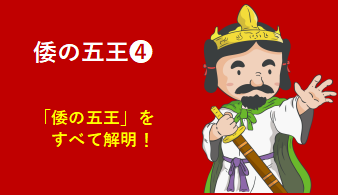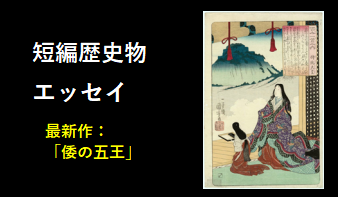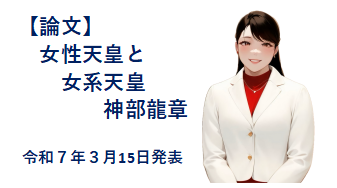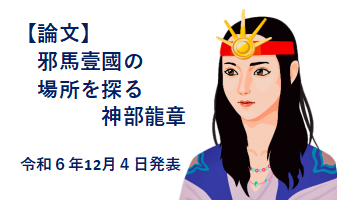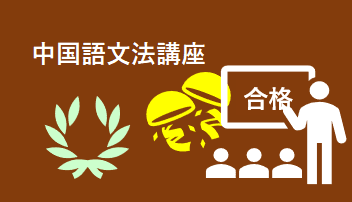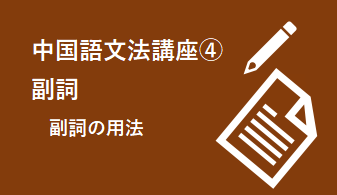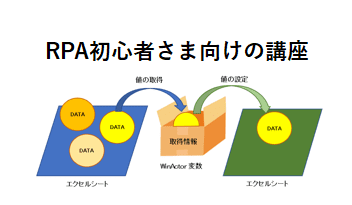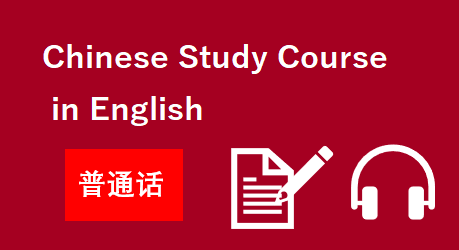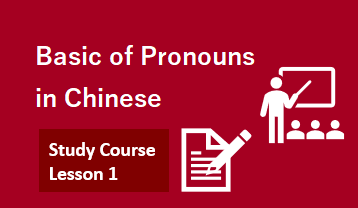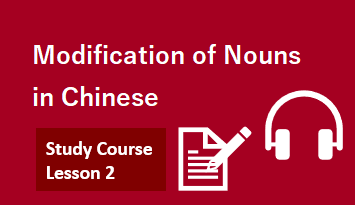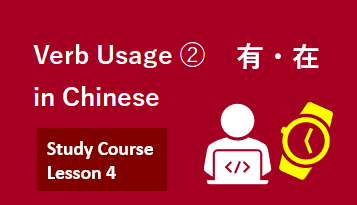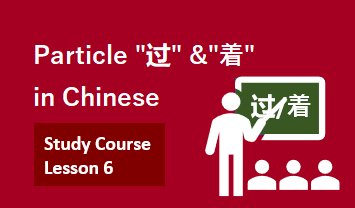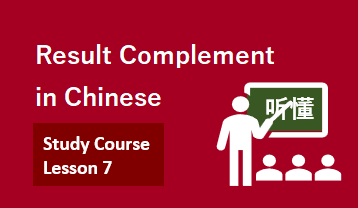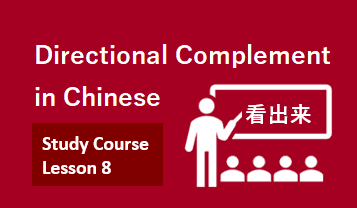Introduction
Hello everyone. I'm Ryusho KANBE, a writer and educational consultant.
Today, it is no exaggeration to say that English is truly the common language of the world, and many people around the world understand it. In the room of Ryusho KANBE, we have created and introduced English versions of some short historical essay contents, but as a new project, we decided to provide original English content. Therefore, I decided to create a "Chinese Study Course in English."
I do not simply run foreign language courses as an educator, but as an educational consultant, I do my best to provide more effective and efficient study methods and contents that will help you improve your skills in a short period of time.
Currently, many materials have been released to help foreigners learn Chinese, but all of them are simply based on the Chinese language, and I feel that there are almost no materials that explain from a foreigner's point of view. Therefore, we decided to offer a study course that explains Chinese grammar in English in an easy-to-understand manner. These courses are free and open to the public.
Why don't you take this opportunity to study Chinese? If you study this course, you will acquire knowledge of Chinese grammar in a short period of time. The best feature of the course is that it is designed so that you can naturally acquire knowledge by lying down at home and reading the content while looking at your mobile phone or tablet. You don't have to concentrate and study at your desk. Please try it.
List of Contents
Lesson 1 Basic of Pronouns
In Chinese the nominative and objective cases of personal pronouns have the same shape. Let's see personal , possessive, demonstrative & interrogative pronouns.
Lesson 2 Modification of Nouns
When modifying nouns with other nouns, use the Structural particle "的" as noun + "的" + noun, as in "老师的词典". Also use it for phrases and sentences like "向海关提交的".
Lesson 3 Verb Usage ➀ 是・喜欢
Basic usage of verbs, How to form interrogative sentences, Separate verbs that combines the verb and the object into one and separates unique to Chinese.
Lesson 4 Verb Usage ➁ 有・在
In Lesson 4, we will study how to use the unique verb "有" (Possession, 「A有B.( A have B. )」 & Existence, 「P有B.」 ) and "在"(Location, 「A在P.」) in Chinese in detail.
Lesson 5 Particle "了"
Explains in detail the difference between the usage of aspect particle "了" and speech particle "了". Aspect particle "了" is used immediately after the verb. V +了
Lesson 6 Particle "过" & "着"
Aspect particle "过" expresses "completion/conclusion of experience or action". "着" follows verbs in which movement is still and indicates a sustained state.
Lesson 7 Result Complement
A "result complement" is a complement that expresses the result of an action. It is used in the form of "verb + result complement". Ex:) understand by listening



